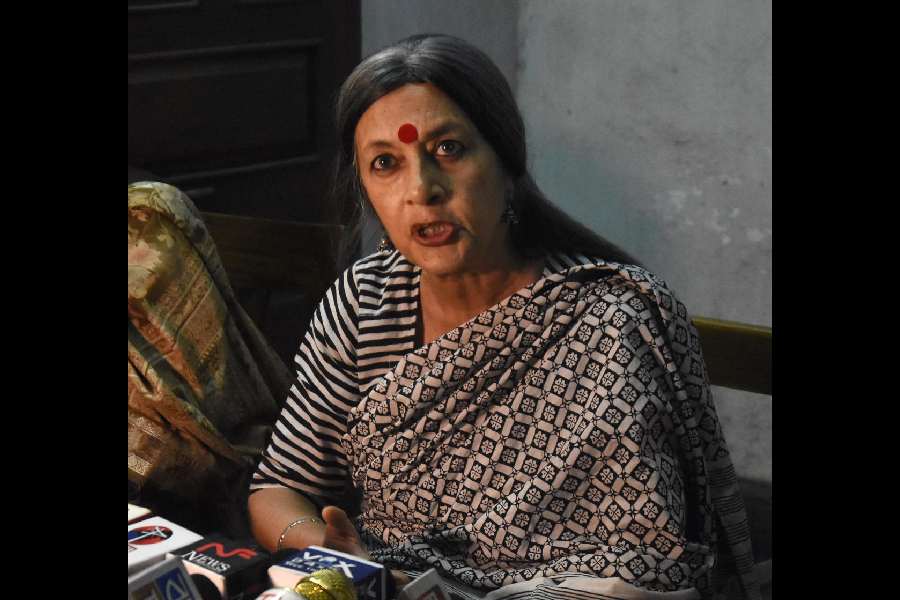Question papers of all major under-graduate examinations of Calcutta University (CU) will look quite different from next year. The authorities have decided to change thoroughly the pattern of questions of BA, B.Sc and B.Com exams from 2005.
Once the changed format of questions is introduced, the authorities hope they will be able to rein in the thriving city-based coaching centres that attract a large number of students.
The authorities feel the current system requires students to answer “too many broad and subjective-type questions” in most subjects, which allows them to study only portions of the syllabi. Taking advantage of this lapse in the exam system, coaching centres come out with “suggestions” that are much in demand.
“The new pattern of questions will be such that students will have to study the entire syllabus for taking the BA, B.Sc and B.Com exams,” said Suranjan Das, CU pro vice-chancellor (academic affairs). He stressed that the question patterns also needed to be changed because the syllabi of all the 58 subjects taught at the under-graduate level of the university have been updated and the first batch of students studying this version will take the examinations in 2005.
Sources in the university’s boards of studies of various subjects said the measures being taken were aimed at removing those defects in the existing question patterns which give students the opportunity to study only “selective portions.”
“These defects need to be rectified immediately. Since it has become an open secret that the university will not repeat questions on a single topic in two consecutive years, it makes it 50 per cent easier for private tutors and coaching centres to prepare the suggestions. This system will be totally abolished from next year,” said a teacher, adding that paper-setters will be asked to change the language of questions each time they are set in the paper.
This apart, the university authorities are planning to reduce the number of broad and essay-type questions. More objective-type questions will be set.
Moreover, steps are being taken to split the questions into smaller sections, instead of asking the students to write one long answer, as of now.









